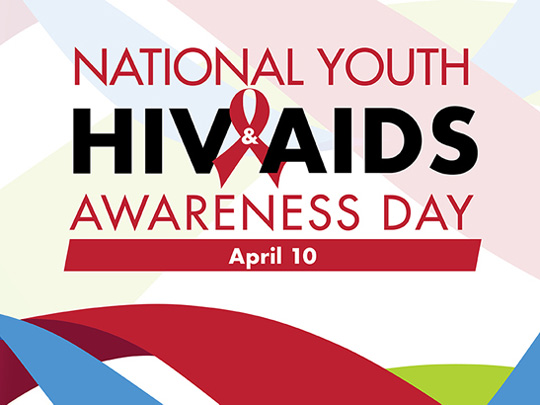Schools Are Vital in the Fight Against Youth HIV Infection
Topics

Each April 10th, we recognize National Youth HIV & AIDS Awareness Day (NYHAAD). Since 2013, this day has provided an opportunity for education and served as a reminder that our young people continue to be at risk for HIV. It is also a time to highlight the work still needed.
Schools play a critical role in promoting the health and safety of youth and hold a pivotal place in the fight to prevent HIV. Every day, more than 56 million students spend their day in school, which provides a unique opportunity to provide them with the knowledge, skills, and resources they need to prevent HIV during adolescence and into adulthood. True primary prevention includes quality health education, a connection to needed health services, and school environments that support youth and help them feel safe and connected, which can ensure their academic success.
Over the last 10 years: condom use among adolescents continued to decrease; 14% of youth report that they have used illicit drugs; more than 10% of high school females have been the victims of sexual assault; and more than 30% of students have experienced emotional distress in the last year. At the same time STDs among young people have continued to increase and 1 in 5 new HIV diagnoses were reported in young people aged 13-24 years.
CDC’s adolescent and school health program implements activities focused on primary prevention within the U.S. education system. Currently, CDC reaches approximately 2 million students by funding education agencies and a network of leaders in school-based HIV, STD, and pregnancy prevention. These funded partners:
- Deliver HIV, STD, and pregnancy prevention programs grounded in the latest research
- Select and implement effective health education curricula
- Build local capacity to connect students to school- and community-based health services, and
- Establish safe environments where students feel connected to school and supportive adults.
Over the last 5 years, these programs have increased the number of middle and high schools implementing quality sexual health education, made over 65,000 referrals for youth-friendly sexual health services, and expanded by 60% the establishment of student-led clubs dedicated to creating safe and supportive environments for all students.
Through analysis of CDC’s data on youth risk behaviors and experiences [PDF, 16.7MB] and school health policies and practices, we know that progress is being made. For example, from 2007 to 2017, CDC data showed declines in sexual risk behaviors among youth, including fewer currently sexually active high school students. There was also a decrease in the proportion of high school students who ever had sex during that same time period (from 48% in 2007 to 40% in 2017).
All youth deserve a healthy future. That is why schools, families, and communities must work together to provide safe and nurturing environments for youth. On NYHAAD, CDC joins with partners across the country to recommit to our efforts and resources to ensure that youth know how to protect themselves against HIV infection. We know what works and have the tools to provide support for all students. By providing sexual health education, health services, and safe and supportive school environments for all students, we can make a difference and help end the HIV epidemic.